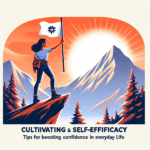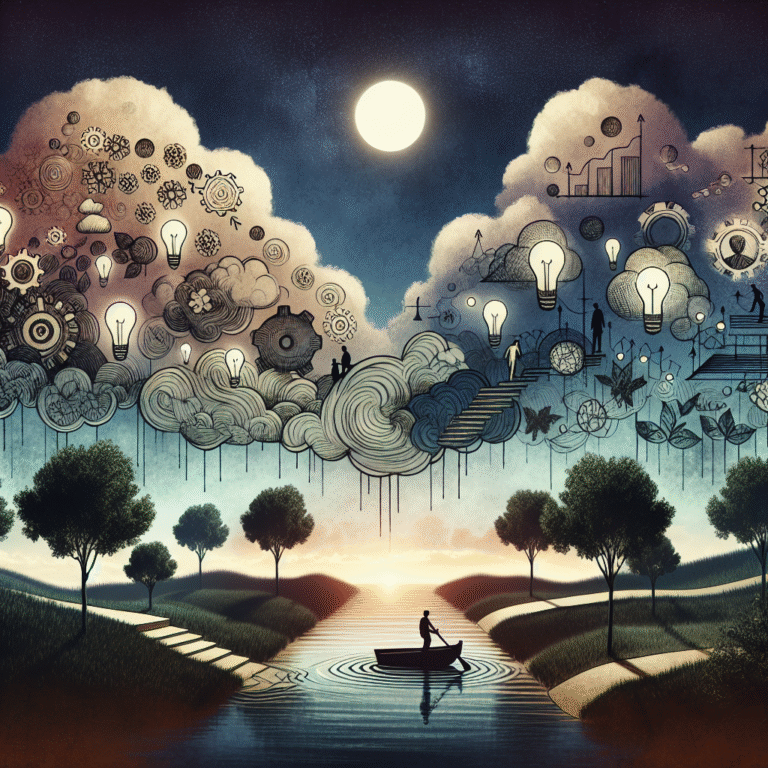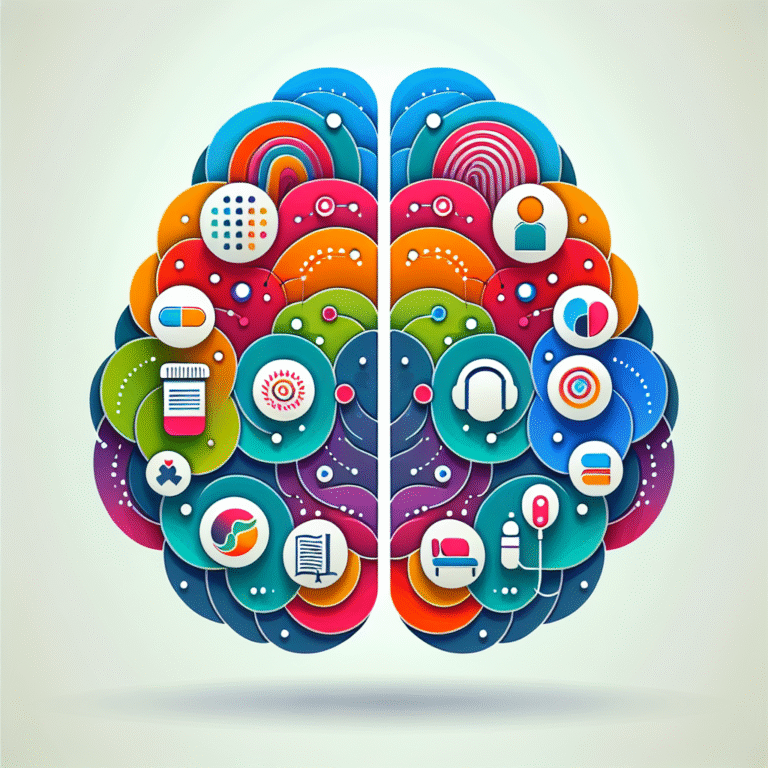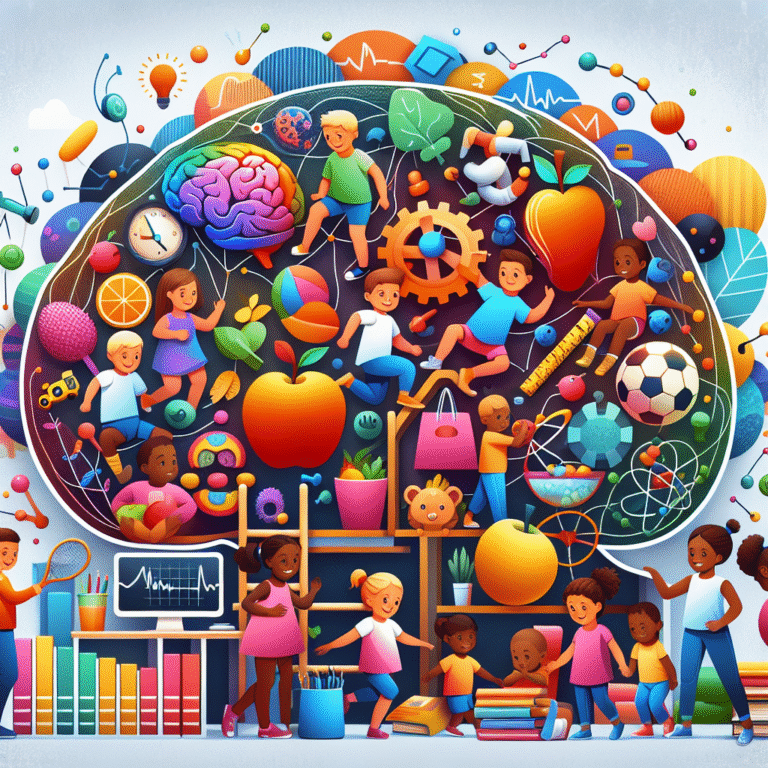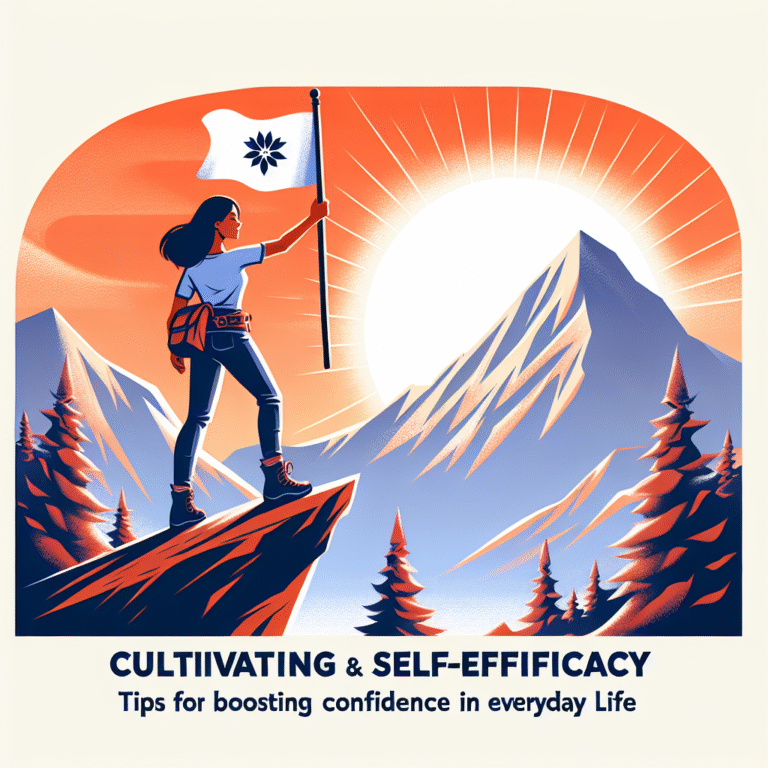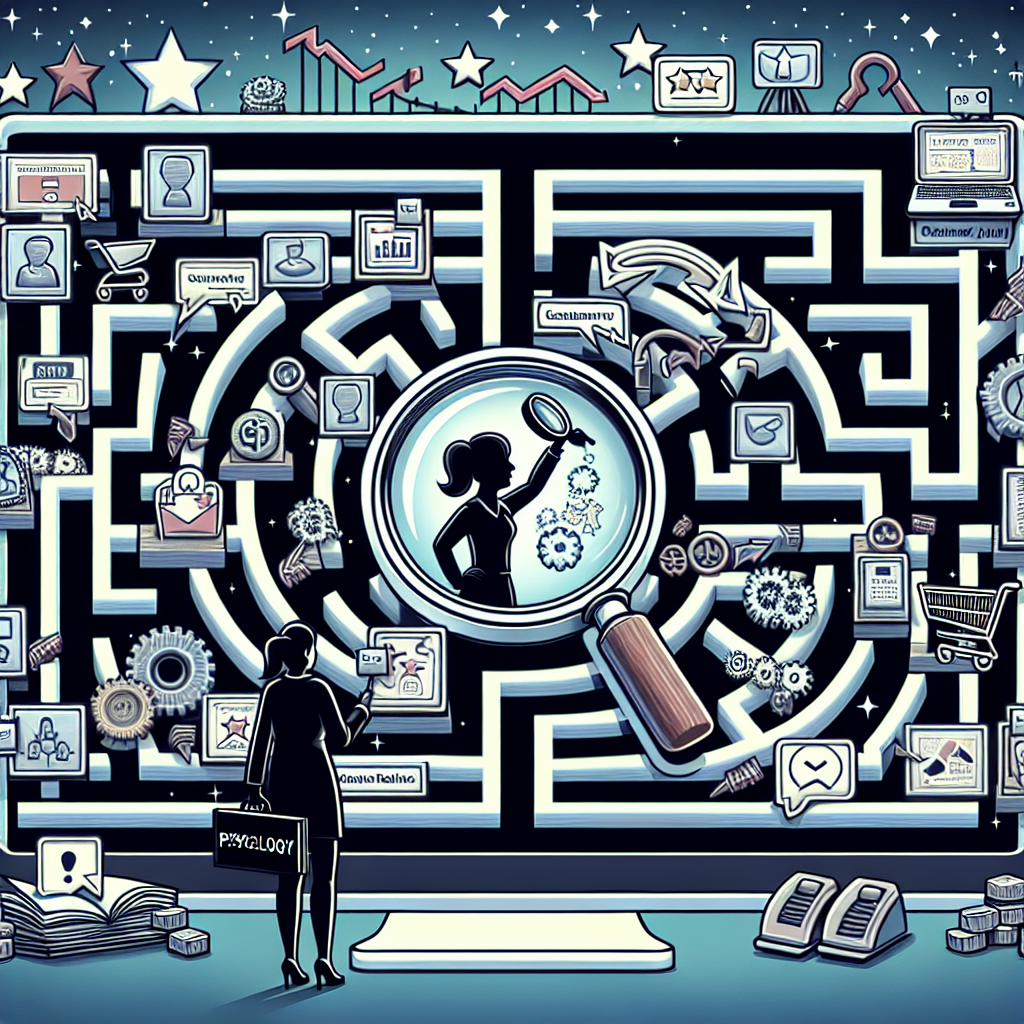
Breaking Down Barriers: Using Behavioral Psychology to Understand and Improve the Customer Journey
Introduction
In a world brimming with choices, understanding the customer journey is no longer just an academic pursuit—it’s an essential business strategy. Companies are grappling with how to break down barriers that hinder customer satisfaction and retention. Enter behavioral psychology, a revolutionary lens through which we can glean insights into customer behaviors, preferences, and motivations. This article, “Breaking Down Barriers: Using Behavioral Psychology to Understand and Improve the Customer Journey,” delves into this crucial intersection of psychology and business. By examining cognitive biases, emotional triggers, and the social dynamics involved in consumer decision-making, we unlock powerful tools to enhance customer experiences and foster deeper loyalty.
Understanding the Customer Journey
What is the Customer Journey?
The customer journey refers to the complete experience a consumer has with a company, spanning every interaction, from initial awareness to post-purchase engagement. It’s a complex web of touchpoints where customers form perceptions based on their experiences, emotions, and the behaviors of others. Mapping this journey illuminates the paths taken by customers—both smooth and rocky—and highlights critical areas for improvement.
Key Stages of the Customer Journey
- Awareness: Customers become aware of a need or problem.
- Consideration: Information is gathered and options explored.
- Decision: A choice is made, often influenced by emotional and social factors.
- Action: The purchase is executed.
- Post-Purchase Evaluation: Customers reflect on their experiences, shaping future behavior.
By breaking down barriers at each stage of the journey, companies can cultivate more satisfying experiences, thereby turning customers into advocates.
The Role of Behavioral Psychology in the Customer Journey
Cognitive Biases That Impact Decision-Making
One essential aspect of behavioral psychology is its study of cognitive biases—systematic deviations from rational thinking. For instance, the confirmation bias leads consumers to favor information that confirms their pre-existing beliefs about a product. Conversely, loss aversion suggests that customers prefer to avoid losses rather than acquiring equivalent gains.
Case Study: Netflix
Consider Netflix’s recommendation algorithm, which leverages users’ viewing history. By emphasizing shows similar to those they’ve already enjoyed, Netflix minimizes the fear of choosing poorly—demonstrating an effective application of behavioral psychology. This strategy significantly improves user retention and satisfaction, illustrating how “Breaking Down Barriers: Using Behavioral Psychology to Understand and Improve the Customer Journey” can lead to more engaging user experiences.
Emotional Triggers and Their Influence
Emotions play a pivotal role in the customer journey. Behavioral psychology conveys that feelings such as joy, fear, and frustration can steer consumer choices. By identifying emotional triggers, businesses can craft compelling narratives that resonate deeply with their target audience.
Case Study: Apple
Apple excels at tapping into emotional connections. Through aesthetic design and brand messaging that evokes a sense of innovation and community, Apple transforms tech products into lifestyle symbols. This approach aligns with the principles of “Breaking Down Barriers: Using Behavioral Psychology to Understand and Improve the Customer Journey,” showcasing how emotional resonance leads to brand loyalty and repeat purchasing.
Table 1: Emotional Triggers in Marketing
| Emotional Trigger | Example Use Case | Impact on Customer Behavior |
|---|---|---|
| Fear | Limited-time offers | Urgency drives quicker decision-making |
| Joy | User-generated content | Enhances brand affinity |
| Trust | Customer reviews and ratings | Influences purchase decisions |
Analyzing Customer Behavior Through Social Dynamics
The Power of Social Proof
Social proof, a concept derived from behavioral psychology, suggests that individuals often look to others for cues on how to behave. In a consumer context, this principle underscores the value of reviews, testimonials, and influencer endorsements.
Case Study: Dollar Shave Club
With a razor subscription model, Dollar Shave Club utilized humorous videos and customer testimonials to effectively establish social proof. By inviting users to share their satisfaction, they broke down the barriers of skepticism, and their customer base soared. Here, we see the proof of “Breaking Down Barriers: Using Behavioral Psychology to Understand and Improve the Customer Journey” in driving engagement through authentic customer narratives.
The Impact of User Experience (UX) Design
UX design is integral to enhancing customer interactions at various touchpoints. Behavioral psychology emphasizes that intuitive navigation, aesthetically pleasing design, and accessible content can significantly impact user satisfaction.
Case Study: Amazon
Amazon’s one-click purchasing feature exemplifies seamless user experience, reducing friction during the checkout process. This design choice is informed by behavioral psychology principles that prioritize user efficiency and satisfaction. By breaking down barriers through a thoughtful UX approach, Amazon positions itself as a leader in e-commerce.
Implementing Psychological Strategies in Marketing and Sales
Behavioral Targeting
Utilizing behavioral data allows companies to tailor marketing messages. Understanding the nuances of consumer behavior lets organizations craft personalized experiences at scale, addressing individual pain points and preferences.
Case Study: Spotify
Spotify employs behavioral targeting by analyzing listening habits to provide tailored playlists. Such personalized music recommendations not only enhance user satisfaction but also encourage subscription renewals. Here once again, we witness the power of “Breaking Down Barriers: Using Behavioral Psychology to Understand and Improve the Customer Journey.”
Gamification and Customer Engagement
Adding gamified elements to customer interactions can enhance engagement. Behavioral psychology teaches that game-like features—such as rewards, badges, or completion prompts—can motivate users to engage more deeply with products and services.
Case Study: Duolingo
Duolingo uses gamification effectively by incorporating achievements and friendly competitions in its language-learning platform. This strategy draws users back frequently, ensuring continued interaction and learning. By employing the principles of “Breaking Down Barriers: Using Behavioral Psychology to Understand and Improve the Customer Journey,” Duolingo consistently enhances user satisfaction and retention.
Creating a Feedback Loop
Creating channels for customer feedback fosters a culture of continuous improvement. Behavioral psychology indicates that soliciting feedback not only adds value to the customer journey but also empowers customers, leading to a more engaged relationship.
Case Study: Airbnb
Airbnb encourages hosts and guests to leave reviews, creating a self-reinforcing loop of feedback that benefits all parties involved. This transparent approach enhances trust and satisfaction, reflecting the principles of “Breaking Down Barriers: Using Behavioral Psychology to Understand and Improve the Customer Journey” through effective communication and critique.
Challenges in Breaking Down Barriers
Resistance to Change
One substantial barrier companies may face in implementing psychological insights is organizational resistance. Stakeholders must recognize the value of behavioral psychology in informing customer engagement strategies. Overcoming this resistance requires strong leadership and communication.
Data Privacy Concerns
The collection and utilization of behavioral data must be balanced with customer privacy rights. With increased awareness of data issues, companies should prioritize ethical practices when engaging with consumer information to enhance trust and loyalty.
Conclusion
Understanding customer behavior through the lens of behavioral psychology opens transformative pathways for enhancing the customer journey. By breaking down barriers that stand in the way of satisfaction, organizations can create more meaningful connections with their customers. The insights garnered from cognitive biases, emotional triggers, and social influences pave the way for strategic refinements that resonate with consumer needs.
As we embrace the principles of “Breaking Down Barriers: Using Behavioral Psychology to Understand and Improve the Customer Journey,” it’s essential for businesses to maintain an agile mindset, adapt to feedback, and foster relationships that ensure long-term loyalty. The customer journey is not merely a linear path but a dynamic interaction where every touchpoint presents an opportunity for growth and improvement.
FAQs
1. What is the customer journey?
The customer journey outlines the stages a consumer travels from awareness to post-purchase evaluation, capturing all interactions with a brand.
2. How does behavioral psychology apply to marketing?
Behavioral psychology analyzes consumer behaviors, emotions, and decision-making processes, enabling marketers to craft tailored experiences.
3. Can emotional triggers really influence purchasing decisions?
Yes, emotional triggers significantly impact consumer behaviors. Marketers use them to connect with audiences and drive engagement.
4. What is social proof, and why is it important?
Social proof involves looking to others for cues on behavior. It’s vital for building trust and authenticity in branding.
5. How can businesses effectively implement feedback from customers?
By establishing dedicated channels for feedback and demonstrating responsiveness, businesses can nurture a culture of continuous improvement and partnership.
This comprehensive examination of "Breaking Down Barriers: Using Behavioral Psychology to Understand and Improve the Customer Journey" reveals the critical need for businesses to harness psychological insights for crafting exceptional customer experiences. With the right mindset and strategies, organizations can thrive in an increasingly competitive marketplace.

